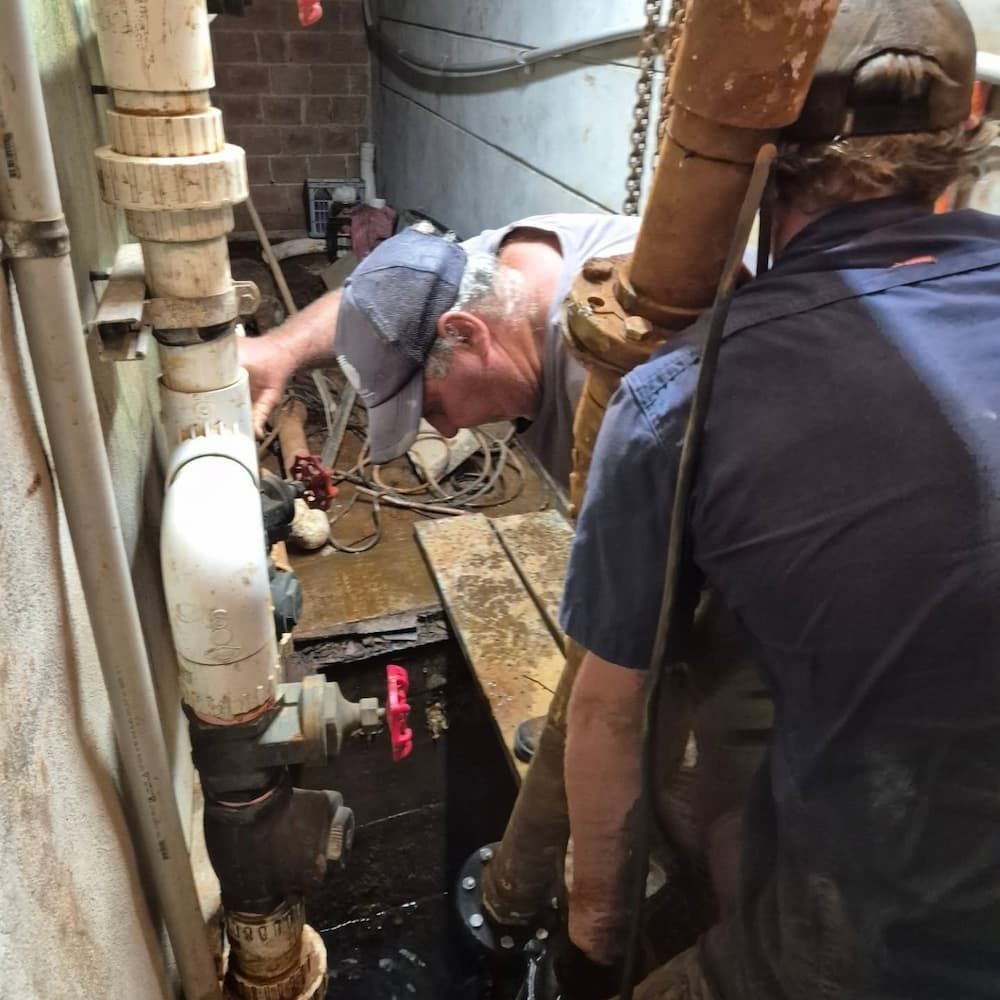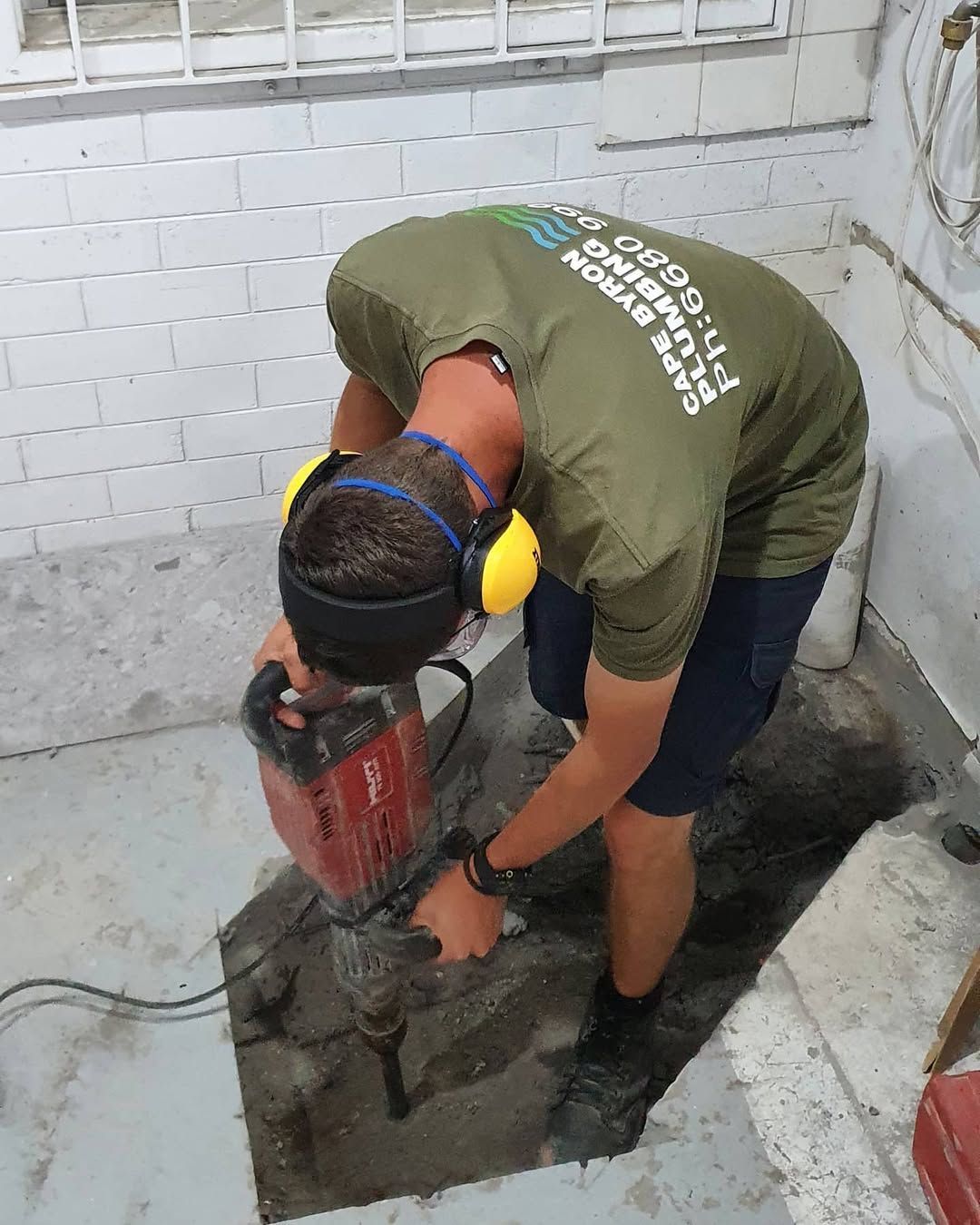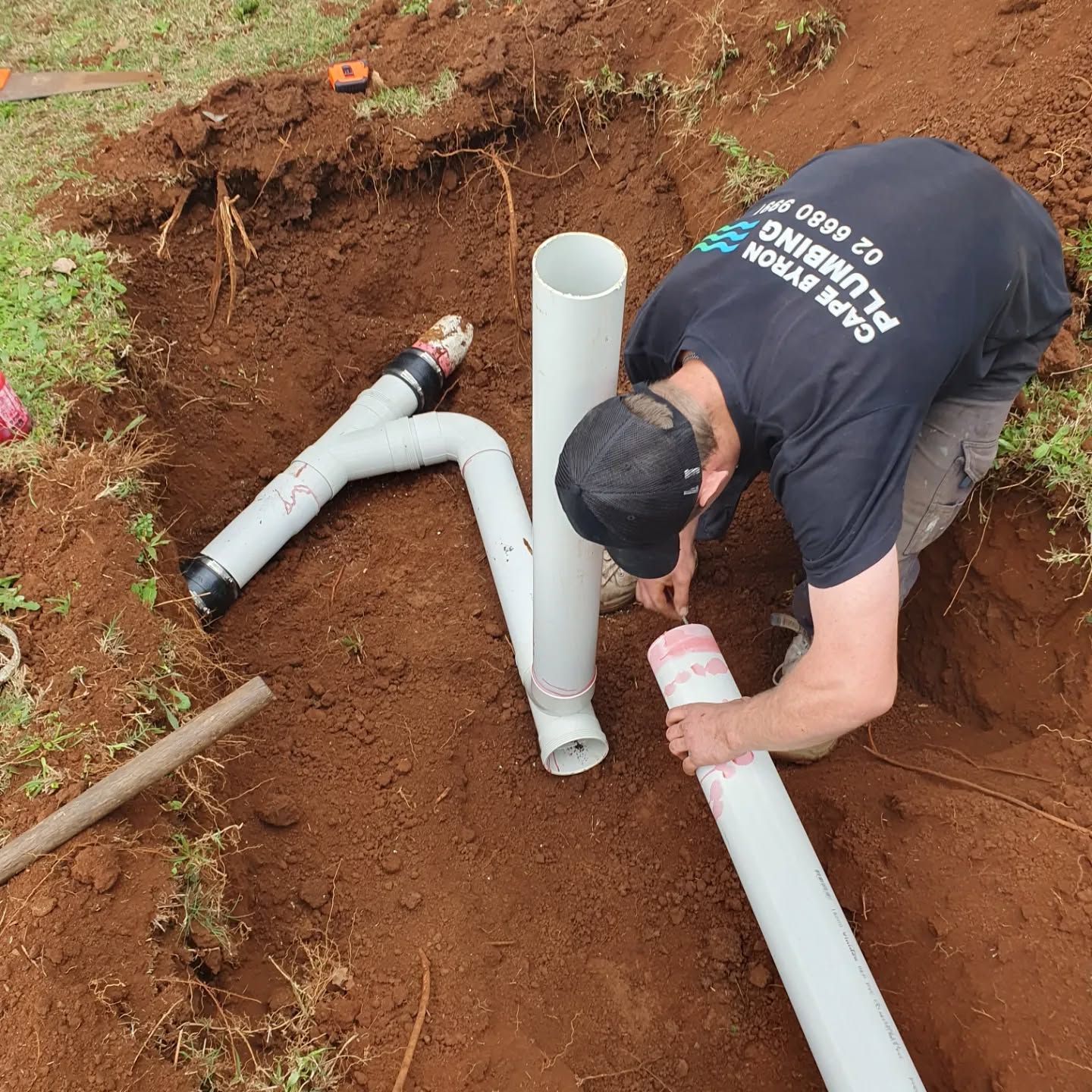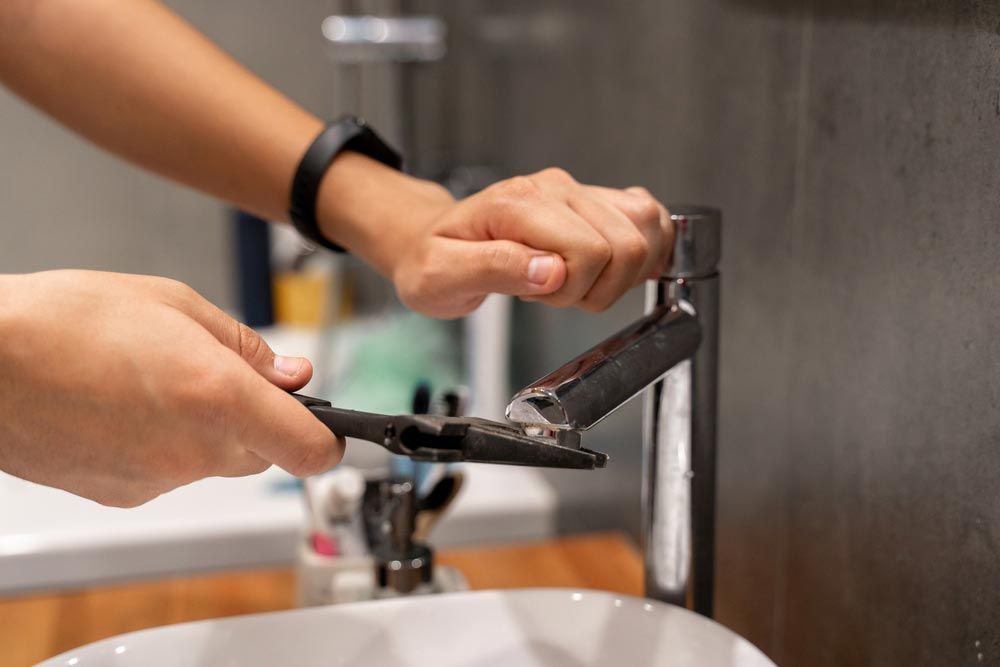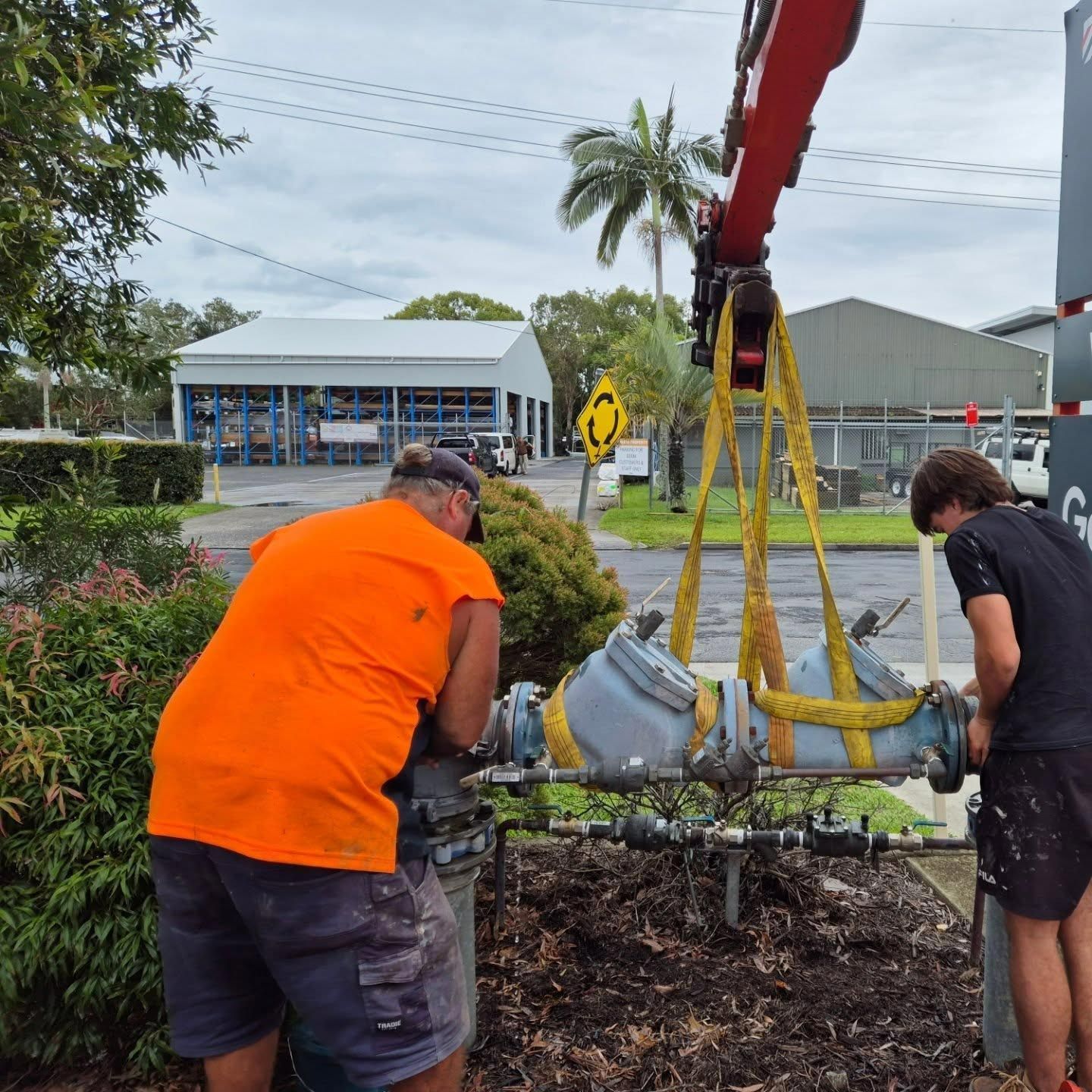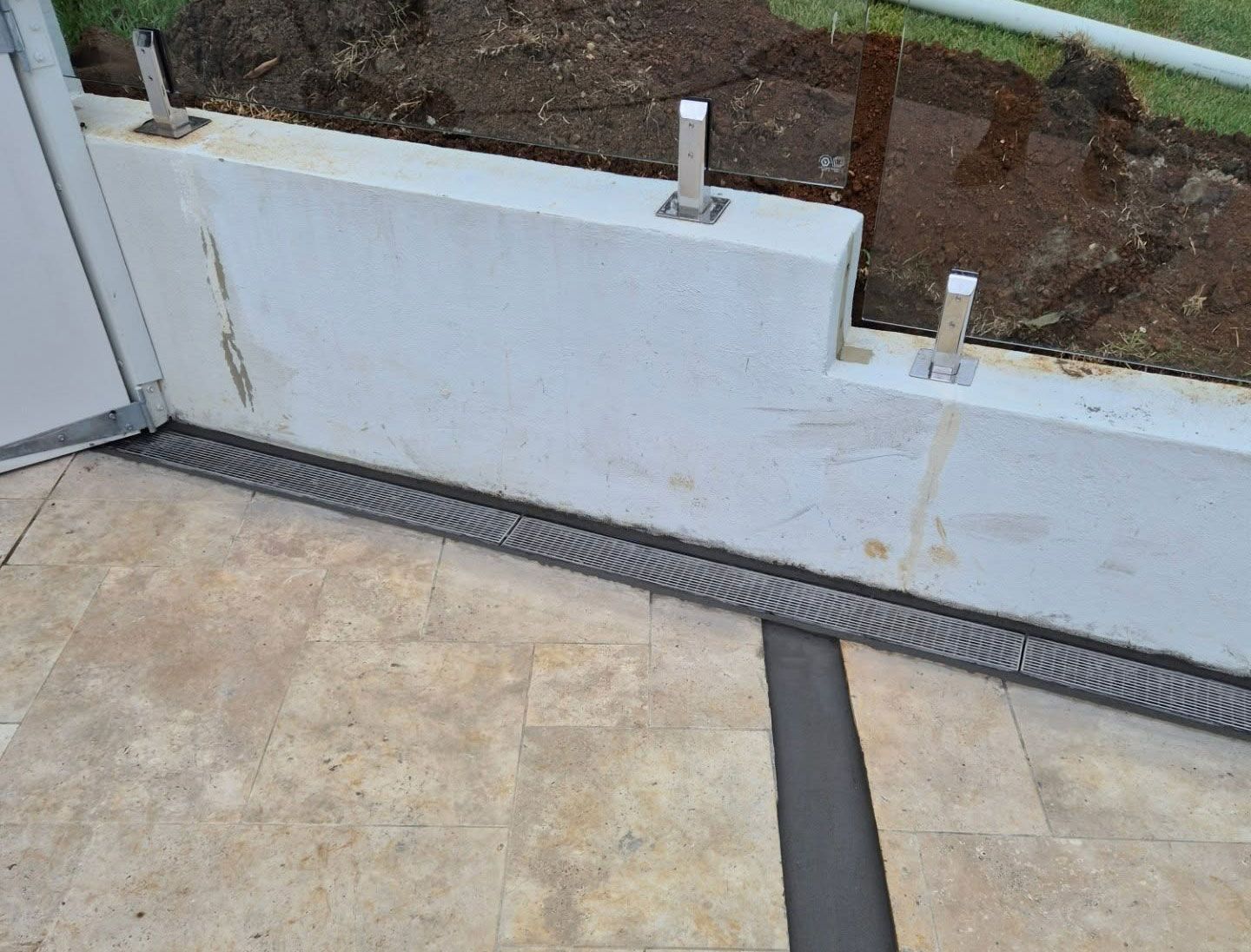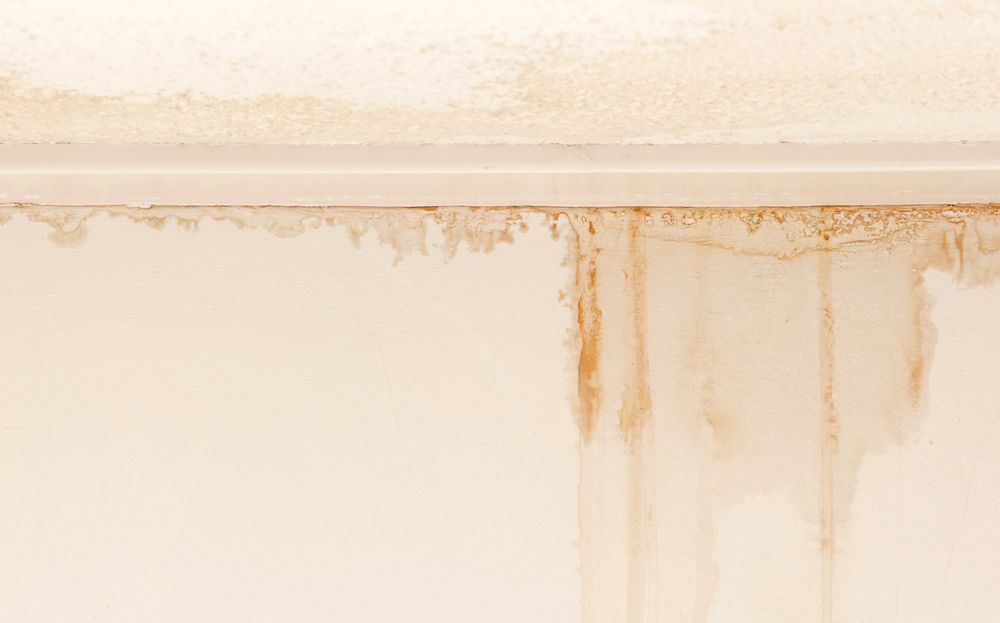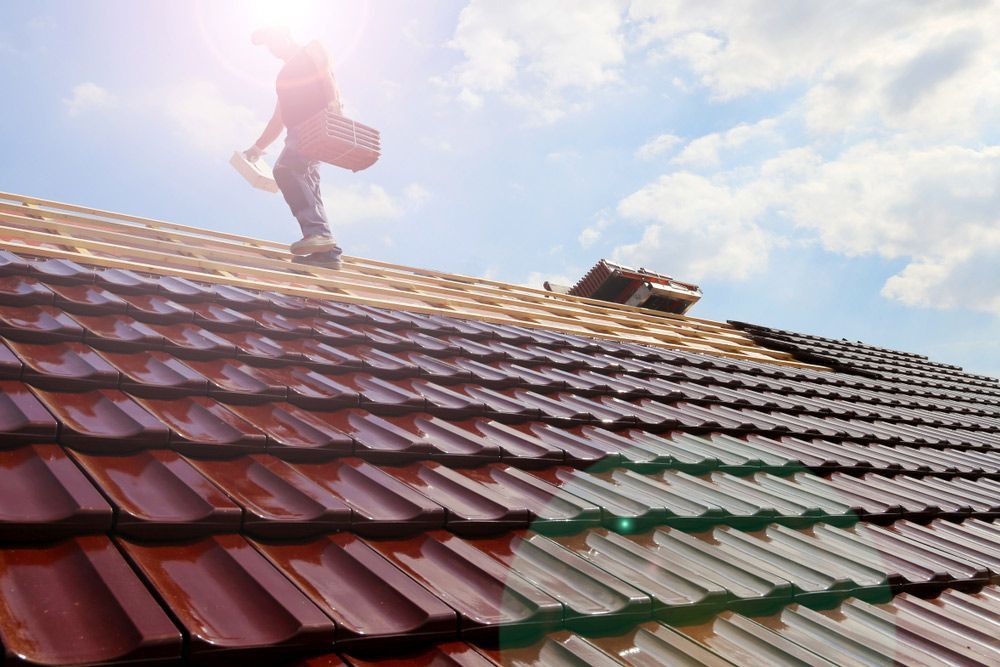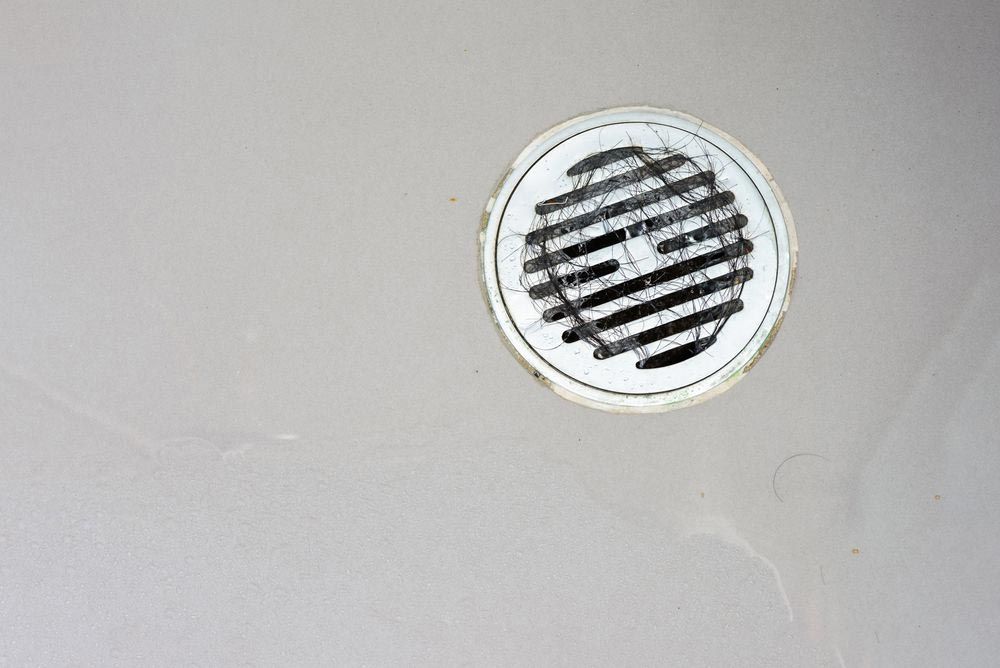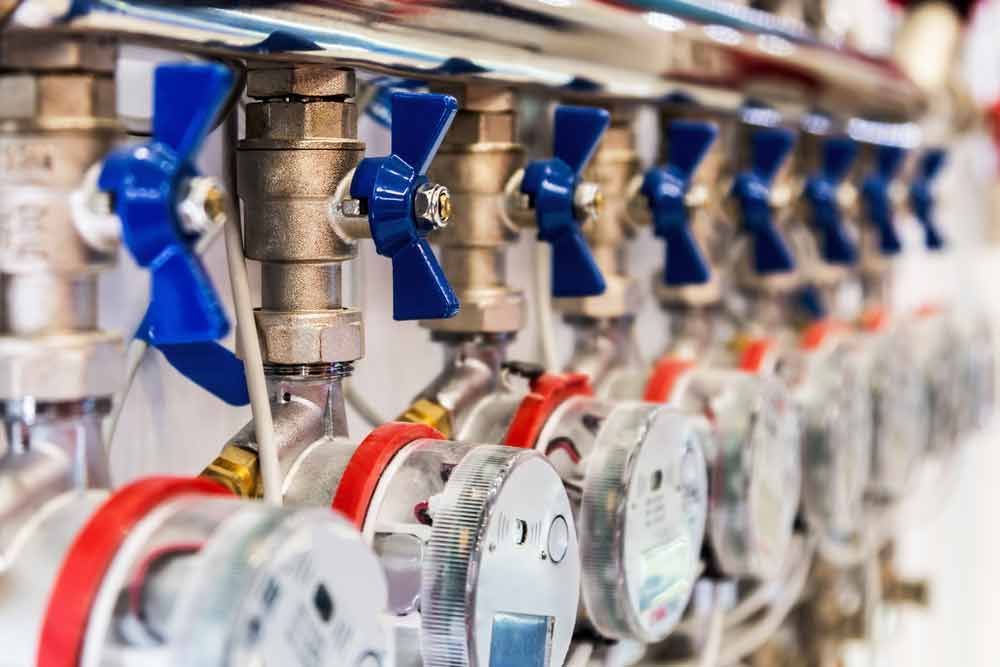What Size Water Tank Do I Need?
There is no universal or one-size-fits-all answer to the question 'what size water tank do I need?' as the answer depends on how much water you use and how many members there are in your household. Thankfully, calculating what size you need is straightforward.
What size of water tank do I need?
The first step to working out what size of tank you need, is estimating your water use. On average, a person uses between 120 - 200 litres of water per day. The average four-person household, therefore, uses around 600 litres per day. Water tanks need to have storage capacity for one month of basic water usage.
The calculation can be complete as: litres of water per day x members of your household x 30.
Using this calculation, the average three-person household in Australia needs a water tank that can hold around 15,000 litres of water.
The uses of a water tank
If you are planning on using your rainwater tank to supply water to the whole of your house, the Australian Government recommend a tank between 5,000 - 20,000 litres.
The majority of Australian households use their water tank to:
- Supply drinking water
- Water their plants and garden
- Toilet flushing/waste disposal
- Laundry (e.g. washing machine)
- Fill a spa or pool
- Wash their vehicles
- Insulation (e.g. radiators)
- Water supply for bushfires
Some households, however, may choose to only use their water tank for outdoor and waste purposes. If you plan to do this, the government recommend the following tank sizes:
- Water supply for toilet flushing and small garden: 2,000 - 3,000 litres
- Water supply for toilet, small garden and clothes washing: 3,000 - 5,000 litres
Other things to consider
In addition to the above calculation, there are other factors you may need to consider when purchasing a water tank, such as:
1. Rainfall
If there is high rainfall in your area, you may need a larger water tank. States such as Tasmania, Victoria and New South Wales have historically had much higher rainfall than South Australia and the Northern Territory but it is advisable to check current weather reports when looking at water tank sizes.
The general rule is 1m2 of roof area collects 1L of rainwater. Using that calculation, if there are 10 millimetres of rain in a storm, and your roof is 200m2, you will collect 2000 litres of rainwater. It is therefore beneficial to have an understanding of how large your roof space is prior to calculating what size of water tank you require.
2. Lifestyle/Hobbies
Consider if you have any lifestyle habits or hobbies that may cause you to use more water than the average person. For example, if your hobbies include gardening and growing your own fruits and vegetables, you may use more water to hydrate your plants than the average person.
3. Guests
If you have a small household but regularly host visitors who stay in your home, you may need to calculate for an additional member of your household. For example, if an elderly relative stays in your home multiple times over the course of a week, it may be beneficial to count them as an additional member of your household.
Get in touch with Cape Byron Plumbing
If you are still unsure what size of water tank you need, do not hesitate to get in touch with Cape Byron Plumbing today. Our expert team can listen to your needs and help you calculate the right size of rainwater tank for your household. Contact us today to learn more.

